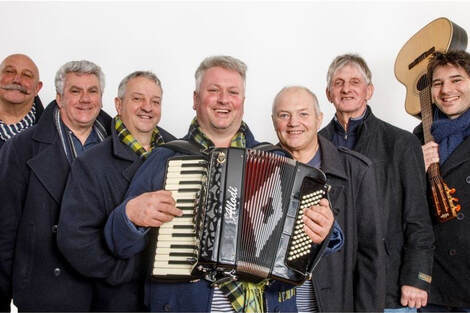Anthem
 What do ‘O Canada’, ‘Blow the Man Down’, choral anthems for church choirs, African-American gospel music, and the cheers of football cheerleaders all have in common?
What do ‘O Canada’, ‘Blow the Man Down’, choral anthems for church choirs, African-American gospel music, and the cheers of football cheerleaders all have in common?They are all rooted in an ancient musical style known as ‘call and response’ or ‘verse response’ singing in which people sing back and forth together, often following a leader.
In ancient Greece, this ‘verse response’ singing was called antiphona, from anti- (in return) + phone (voice); i.e., antiphona = to return the voices. In Latin, the word antefana was the source of the early 1500s English word antiphon (songs or hymns sung responsively or ‘antiphonally’).
The more general term antiphony is used for singing in any ‘call and response’ style; e.g., ancient Sanskrit kirtans, sea shanties or other work songs, and gospel singing in African and African-American culture. In Sub-Saharan African cultures, call and response singing has been a form of democratic participation, particularly in discussion of civic affairs and religious rituals.
Latin antefana is the source of Old English ontemn or antefn (a composition in prose or verse sung in alternate parts) which, in turn, is the source of the English word anthem.
In the late 14th century, in English, an anthem was a composition, usually from the Bible, set to sacred music. By the 1590s, an anthem was a song of praise or gladness. Early national anthems (e.g., ‘God Save the King / Queen’) were hymns of praise for a country. However, these anthems were not antiphonal.
The original sense of ‘call and response’ or ‘verse response’ has been lost in the modern use of the word anthem. The meaning of anthem has seemingly shifted from ‘singing with’ to ‘listening to’ singing.
Image: https://www.bbc.com/news/uk-england-cornwall-55856179
Reference: Online Etymological Dictionary, https://www.etymonline.com/
https://en.wikipedia.org/wiki/Antiphon
https://en.wikipedia.org/wiki/Call_and_response_(music)
Published on January 03, 2022 10:10
No comments have been added yet.



